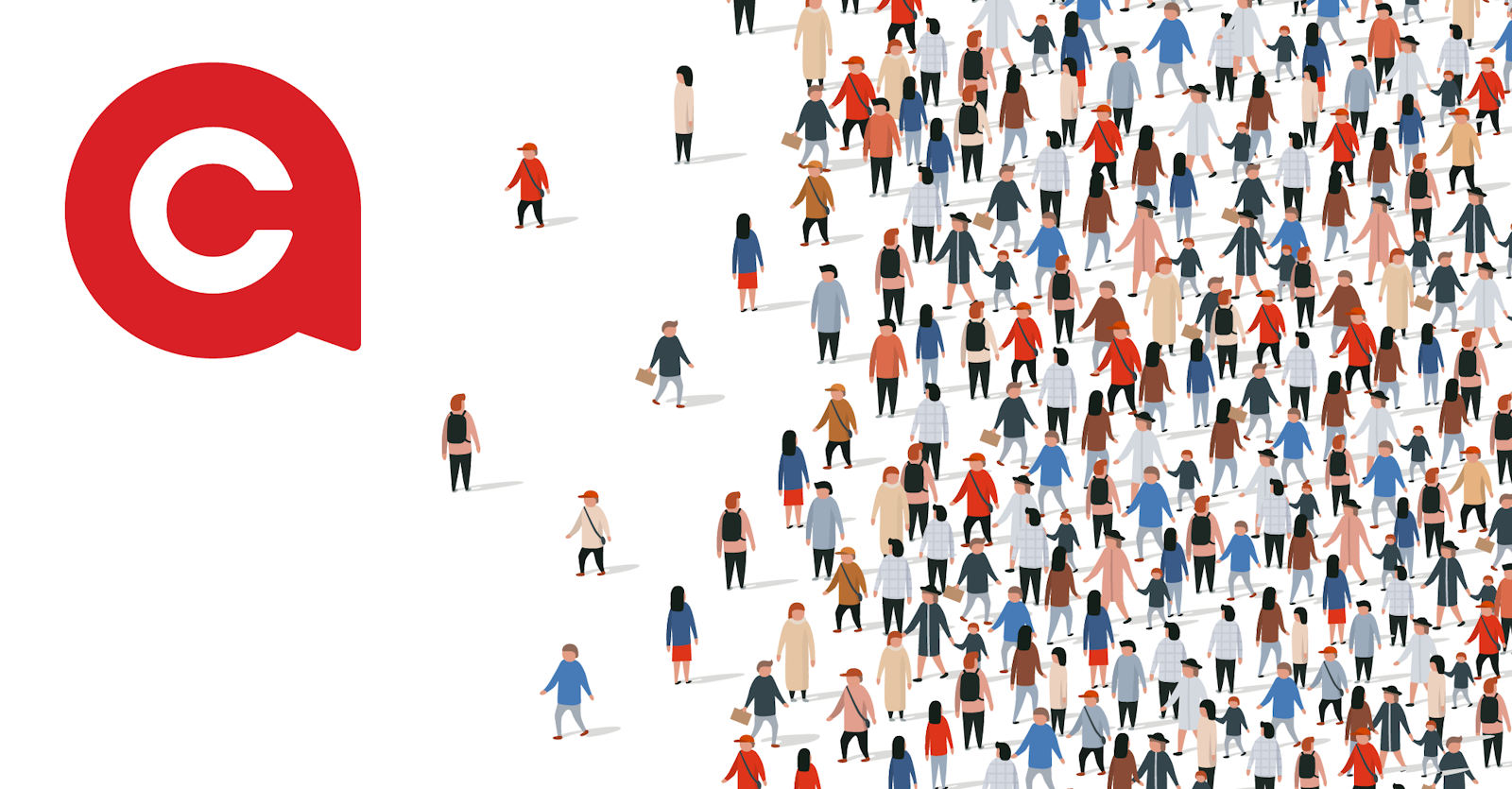The License to Crowdsource a Decision

Is crowdsourcing the right solution?
The state of Tennessee just made an example of themselves by attempting to outsource their license plate design decision. It is another impressive example likely to take a rightful place in the crowdsourcing catastrophe hall of fame amongst other notorious instances such as the British government’s Boaty McBoatface affair or the Gap logo change and reverse of 2010.
It all started with an ox.
The author of The Wisdom of Crowds, James Surowiecki, articulated an elegant answer to how a state fair crowd could pick the “weight of the ox”, after their individual guesses were averaged. This would ultimately show that the average of the crowd was more precise than the individuals in the crowd.
Interesting, but why are we now picking license plates, boat names and retailer logos with a “wisdom of the crowd” approach? Well, because we live in a global economy and the scale free degree distribution system of the internet allows an easy flow of information from one to many and back to one. We have built business models that exploit the individual (designer, writer, creative) for the purposes of the corporation. And, like many things “independent thinkers” seem to follow along like a bull being pulled in by the ring in the nose.
Fortunately for us, Mr Surowiecki gave us the conditions where a crowd can be wise versus idiotic (see above). The five criteria to judge whether or not you’re accessing the weight of the ox, or merely going the way of the dodo bird are as follows:
Diversity of opinion: In that the perspective of individuals in the crowd is diverse enough, relative to the subject matter. For example, a Texas resident voting on a Tennessee license plate is diverse, but not relevant to the subject matter.
Independence: Individuals' opinions can’t be influenced by those around them or the crowd itself. Hence, a “this one is trending” in social media breaks from that rule and might be the reason for Boaty McBoatface.
Decentralization: Individuals are capable and willing to draw on their own knowledge and bring forth their own special perspective. In other words they were all attendees to the state fair and had some knowledge that large animals like oxen existed.
Aggregation: The mechanism to bring together private perspectives into an average or collective decision by the crowd. While crowdsourcing sites seem to check this box, the designs are not actually averaged, they remain as individual pieces of art. Hence we get a Gap logo looking like it was designed in Microsoft Word by someone in Bangladesh.
Trust: Each person trusts the collective to be fair or there is a modest relationship between each individual in the crowd. Our electoral system of voting in the United States relies on this, even though it is aggregated through delegates.
The idea of letting others make your hefty decisions sounds so relaxing and utopian.
We could just start crowdsourcing every decision in our lives. Why don’t we have the shareholders, customers and general public vote on each decision a CEO makes? Why don’t we crowdsource our personal fashion choices (please send photos if you do)? For that matter, why don’t we crowdsource the design of a bike, automobile or best of all, an airplane? Just because you can, doesn’t mean you should.
Perhaps as you’ve read this you’ve started to notice the problem with most situations where the answer is some form of “Let’s have everyone vote.” It isn’t that easy to set up the same scenario as Mr Surowiecki observed at the state fair. In fact, is is more likely you’ll set up a scenario where the crowd looks idiotic and when you’ve sourced that “wisdom” some of it sticks to you and your ability to make a decision.
Please send more examples of the idiocracy of crowds, we will make a top ten list.
Aaron Keller
Founder, Capsule


